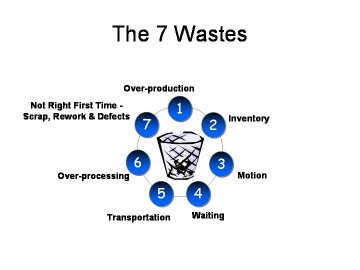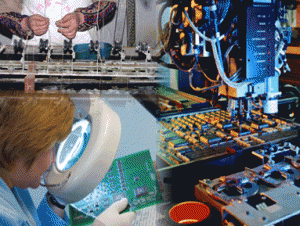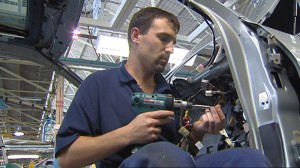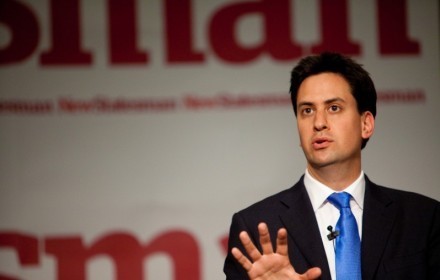- “We poured gasoline on our own burning platform. I believe we have lacked accountability and leadership to align and direct the company through these disruptive times. We had a series of misses. We haven’t been delivering innovation fast enough. We’re not collaborating internally. Nokia, our platform is burning.” – Stephen Elop, CEO Nokia.
 The recent internal memo “leaked” from Nokia & published on technology website Endgadget.com demonstrates the need for any corporation, but particularly those in the Technology arena, to have a continuous stream of new product developments flowing to the market. This is the direct result of a new product routemap which clearly identifies Customer needs, market trends and technology requirements.
The recent internal memo “leaked” from Nokia & published on technology website Endgadget.com demonstrates the need for any corporation, but particularly those in the Technology arena, to have a continuous stream of new product developments flowing to the market. This is the direct result of a new product routemap which clearly identifies Customer needs, market trends and technology requirements.
New Product Development should not be a haphazard process but one which is planned years in advance. It should also be adaptable to allow flexibility in the case of new technological or market developments.
Not so long ago Nokia held pole position in the mobile phone market with huge market share. Now they are languishing behind Apple & others in the
Smartphone arena and are struggling to compete with Chinese manufacturers at the bottom end of the market.
However, all is not doom and gloom. The new CEO Stephen Elop obviously
recognises the problems and is keen to address them. This is the key important step in any recovery. Rather than just bury his head in the sand he is tackling the issues head on which is good news for Nokia empoyees and shareholders.
If you need help with your product development process get in touch NOW!
; Keep up to date by becoming a facebook
fan





 In their iconic book “Lean Thinking” Womack & Jones identified 5
In their iconic book “Lean Thinking” Womack & Jones identified 5 




